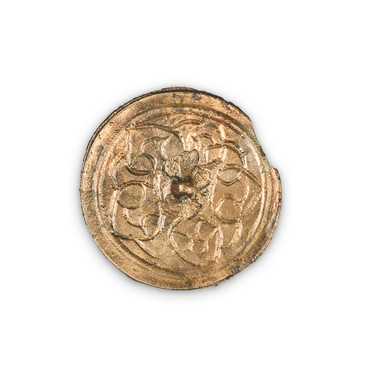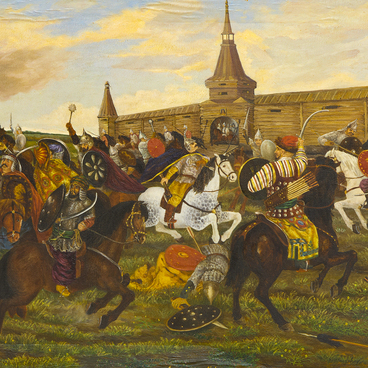The most valuable find in the collection of the Belgorod State Historical and Local History Museum is a treasure trove of silver coins. It was discovered near Belgorod in 1986 by a local resident, Nikolai Ivanovich Maslennikov. During the construction of a garage in the village of Yachnevo (now within the city limits of Belgorod), at a depth of one and a half meters, he found a clay vessel filled with coins. The ancient treasure contained 166 Roman coins — denarii of the 1st–2nd centuries.
Denarii (from Latindēnārius — “consisting of ten”) are silver Roman coins that were widespread in territories under Roman influence. The find testifies to the active trade relations of the Proto-Slavic tribes, who at that time lived on the territory of Belgorod region, with the Roman Empire.
Hoarded ancient coins are not uncommon in the Belgorod region. They are often found on the steep river banks where the Ancient Slavs preferred to settle in turbulent times. Silver Roman denarii have been discovered in the basins of the Vorskla, Seversky Donets, and Oskol rivers. The finds outline the northeastern boundary of the territory of the Chernyakhov culture of the 2nd–4th centuries. The abundance of Roman Empire coins in the Belgorod region confirms that the Chernyakhovites used Roman money for both external and internal trade.
The study of the treasure trove allows for the exploration of the history of the Belgorod region, as well as the economic and cultural characteristics of the Roman Empire. For Romans, coins played an important role not only in trade and money circulation. It often became a means of propaganda. Each of the 166 coins has a distinctive and unique design.
One of the coins depicts the Emperor of the Roman Empire Publius Aelius Trajan Hadrian. His reign was marked by the construction of various urban and military structures. He was an astute economic strategist.
The coins also depicted prominent women of the empire. Faustina was the wife of Roman Emperor Antoninus Pius and the aunt of Marcus Aurelius. On the obverse of the coin, she is depicted with an unusual hairstyle: her hair is artfully gathered into braids and arranged in a bun on top and at the front. It is well-known for certain that for several generations the women of Ancient Rome imitated this hairstyle of the emperor’s wife.
On the denarii, one can see not only portraits of
historical figures of the republic and the empire, but also scenes from
military history, symbolic and allegorical images that provide a better
understanding of Roman civilization and the religious beliefs of the people of
that time.


